Robert Lea is a science journalist in the U.K. whose articles have been published in Physics World, New Scientist, Astronomy Magazine, All About Space, Newsweek and ZME Science. He also writes about science communication for Elsevier and the European Journal of Physics. Rob holds a bachelor of science degree in physics and astronomy from the U.K.
An artist's impression of an erupting magnetar. Scientists have witnessed a once dead star spring back to life in a surprising way.The universe's most extreme stars just got a little bit more unexpected and mysterious. with one of the most powerful magnetic fields in the cosmos unexpectedly spring back to life.
in their cores, the energy that has supported them against the inward push of their own gravity is cut off.Breaking space news, the latest updates on rocket launches, skywatching events and more!and radiation pressure ends after millions of years, the outer layers of the star are launched outward by a supernova explosion, resulting in the dying star losing the vast majority of its mass.
The detection of radio wave pulses from magnetars is incredibly rare, with XTE J1810-197 being just one of only a handful of known magnetars to produce them. XTE J1810-197The magnetar was seen emitting radio waves again in 2018 by the University of Manchester's 76-m Lovell telescope at the Jodrell Bank Observatory. This was followed up with Murriyang, located in Wiradjuri Country, Australia, which has been observing XTE J1810-197 ever since.
"Our results suggest there is a superheated plasma above the magnetar's magnetic pole, which is acting like a polarizing filter," Lower said."How exactly the plasma is doing this is still to be determined."The 64-meter telescope Murriyang is outfitted with a cutting-edge ultra-wide bandwidth receiver, designed by CSIRO engineers, that is highly sensitive to changes in brightness and polarisation across a broad range of radio frequencies.
United States Latest News, United States Headlines
Similar News:You can also read news stories similar to this one that we have collected from other news sources.
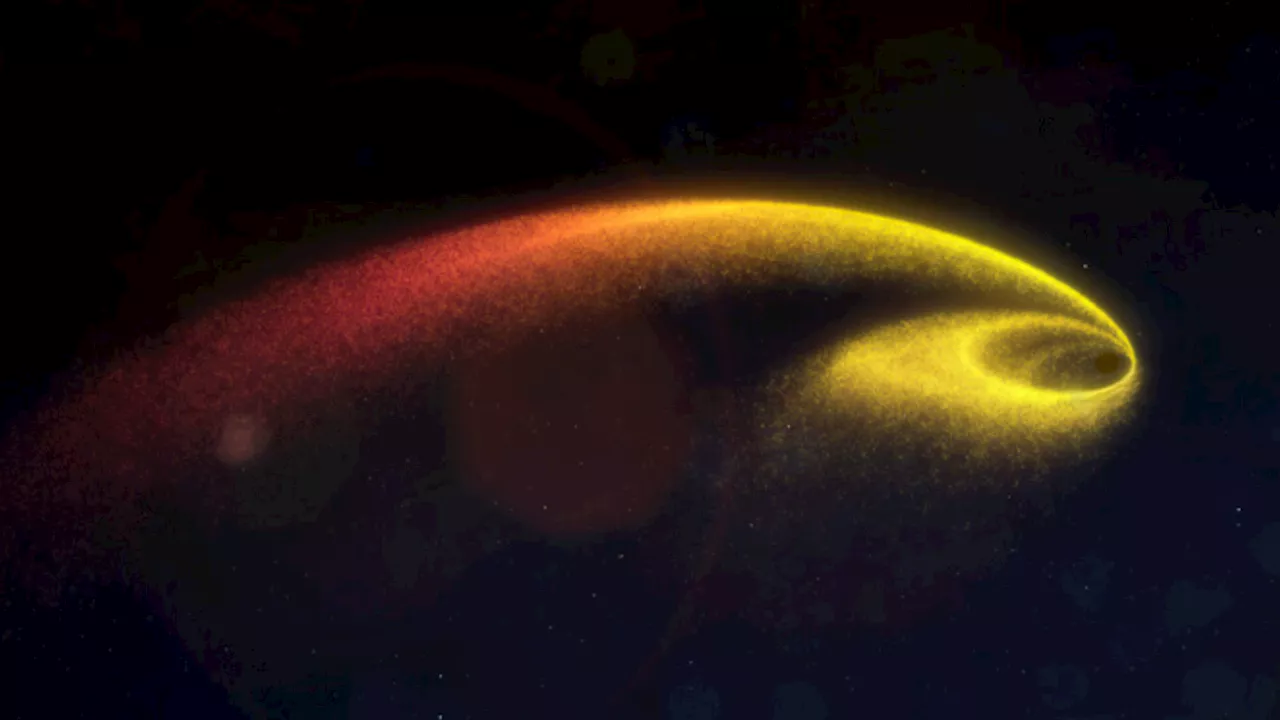 Scientists find black hole spaghettifying star remarkably close to EarthRobert Lea is a science journalist in the U.K. whose articles have been published in Physics World, New Scientist, Astronomy Magazine, All About Space, Newsweek and ZME Science. He also writes about science communication for Elsevier and the European Journal of Physics. Rob holds a bachelor of science degree in physics and astronomy from the U.K.
Scientists find black hole spaghettifying star remarkably close to EarthRobert Lea is a science journalist in the U.K. whose articles have been published in Physics World, New Scientist, Astronomy Magazine, All About Space, Newsweek and ZME Science. He also writes about science communication for Elsevier and the European Journal of Physics. Rob holds a bachelor of science degree in physics and astronomy from the U.K.
Read more »
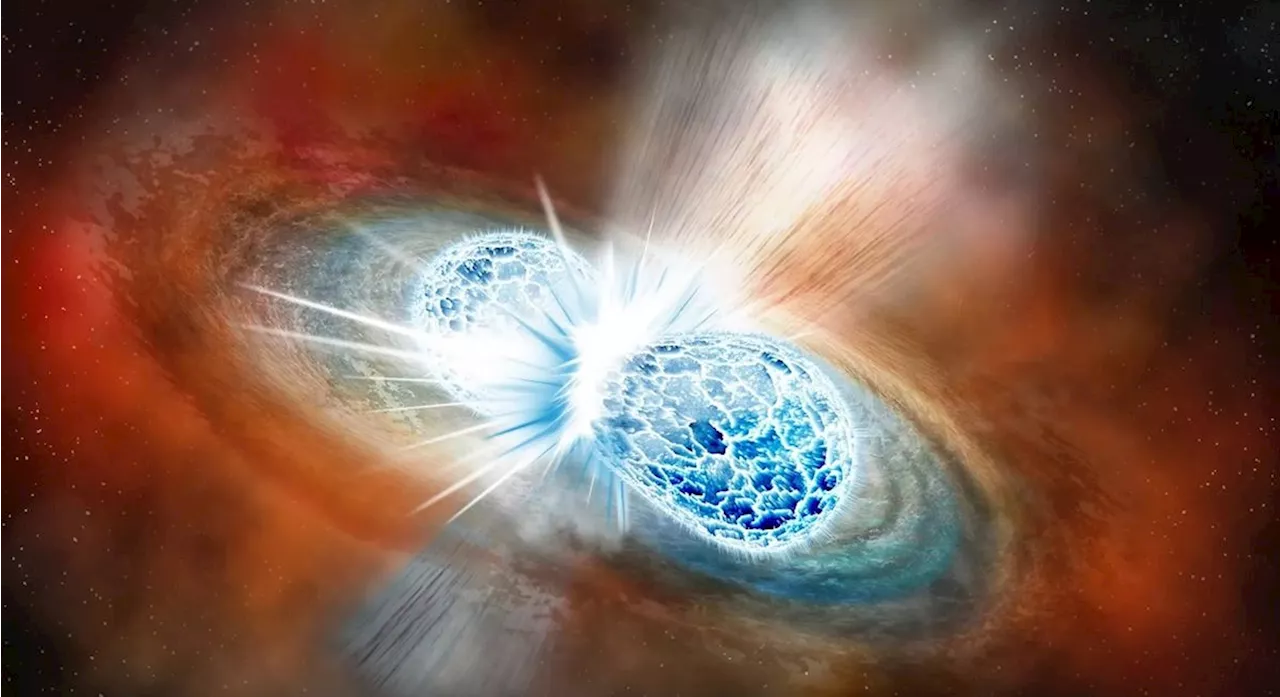 Colliding neutron stars hint at new physics that could explain dark matterRobert Lea is a science journalist in the U.K. whose articles have been published in Physics World, New Scientist, Astronomy Magazine, All About Space, Newsweek and ZME Science. He also writes about science communication for Elsevier and the European Journal of Physics. Rob holds a bachelor of science degree in physics and astronomy from the U.K.
Colliding neutron stars hint at new physics that could explain dark matterRobert Lea is a science journalist in the U.K. whose articles have been published in Physics World, New Scientist, Astronomy Magazine, All About Space, Newsweek and ZME Science. He also writes about science communication for Elsevier and the European Journal of Physics. Rob holds a bachelor of science degree in physics and astronomy from the U.K.
Read more »
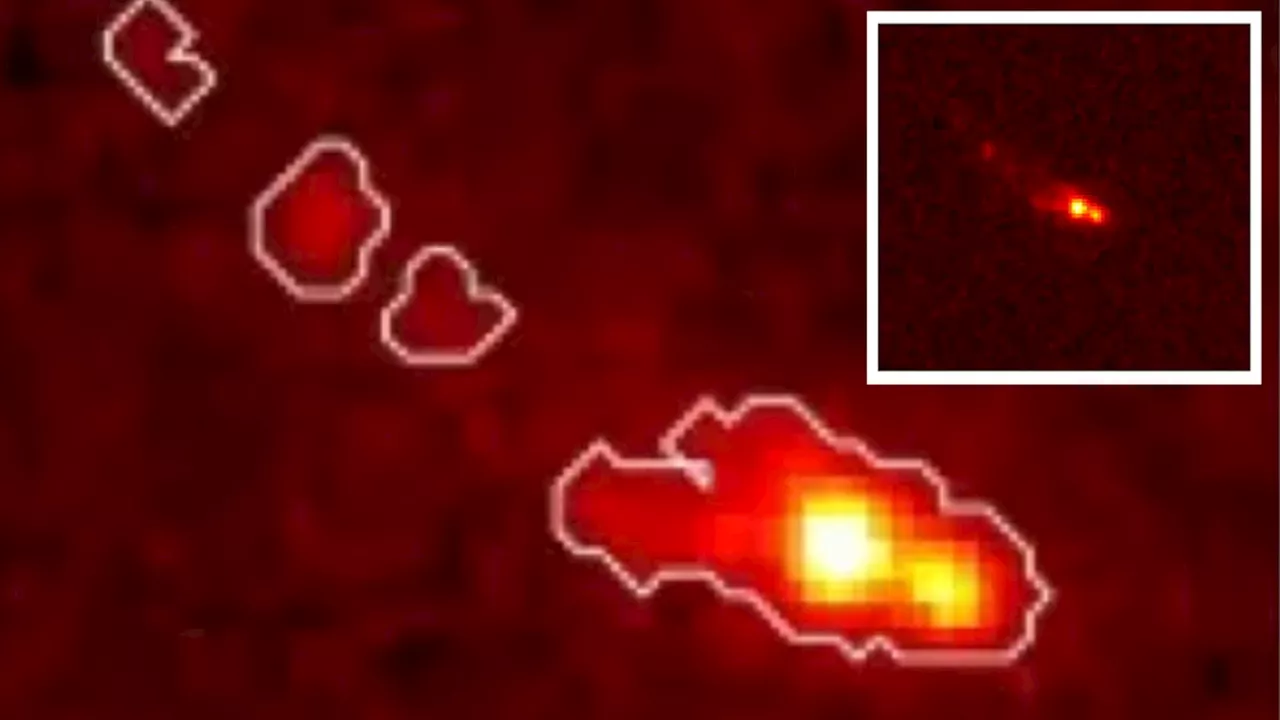 Speck of light glimpsed by Hubble is truly an enormous old galaxy, James Webb Space Telescope revealsRobert Lea is a science journalist in the U.K. whose articles have been published in Physics World, New Scientist, Astronomy Magazine, All About Space, Newsweek and ZME Science. He also writes about science communication for Elsevier and the European Journal of Physics. Rob holds a bachelor of science degree in physics and astronomy from the U.K.
Speck of light glimpsed by Hubble is truly an enormous old galaxy, James Webb Space Telescope revealsRobert Lea is a science journalist in the U.K. whose articles have been published in Physics World, New Scientist, Astronomy Magazine, All About Space, Newsweek and ZME Science. He also writes about science communication for Elsevier and the European Journal of Physics. Rob holds a bachelor of science degree in physics and astronomy from the U.K.
Read more »
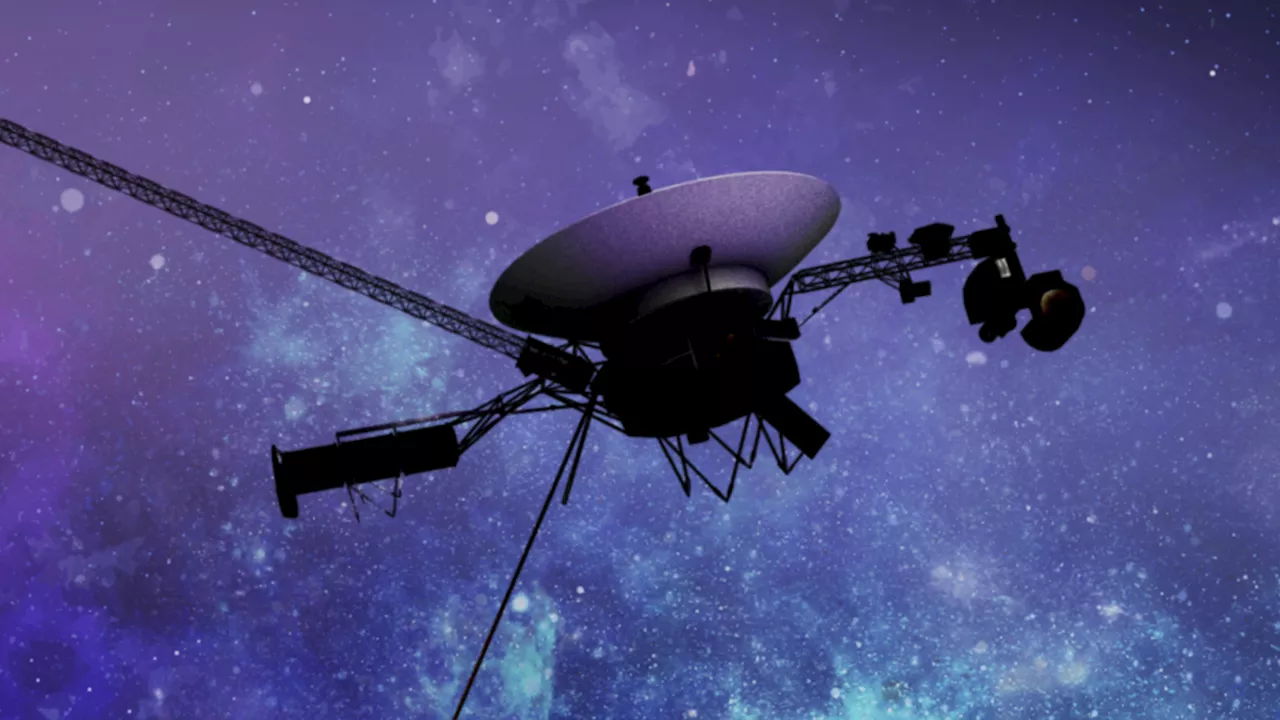 NASA finds clue while solving Voyager 1's communication breakdown caseRobert Lea is a science journalist in the U.K. whose articles have been published in Physics World, New Scientist, Astronomy Magazine, All About Space, Newsweek and ZME Science. He also writes about science communication for Elsevier and the European Journal of Physics. Rob holds a bachelor of science degree in physics and astronomy from the U.K.
NASA finds clue while solving Voyager 1's communication breakdown caseRobert Lea is a science journalist in the U.K. whose articles have been published in Physics World, New Scientist, Astronomy Magazine, All About Space, Newsweek and ZME Science. He also writes about science communication for Elsevier and the European Journal of Physics. Rob holds a bachelor of science degree in physics and astronomy from the U.K.
Read more »
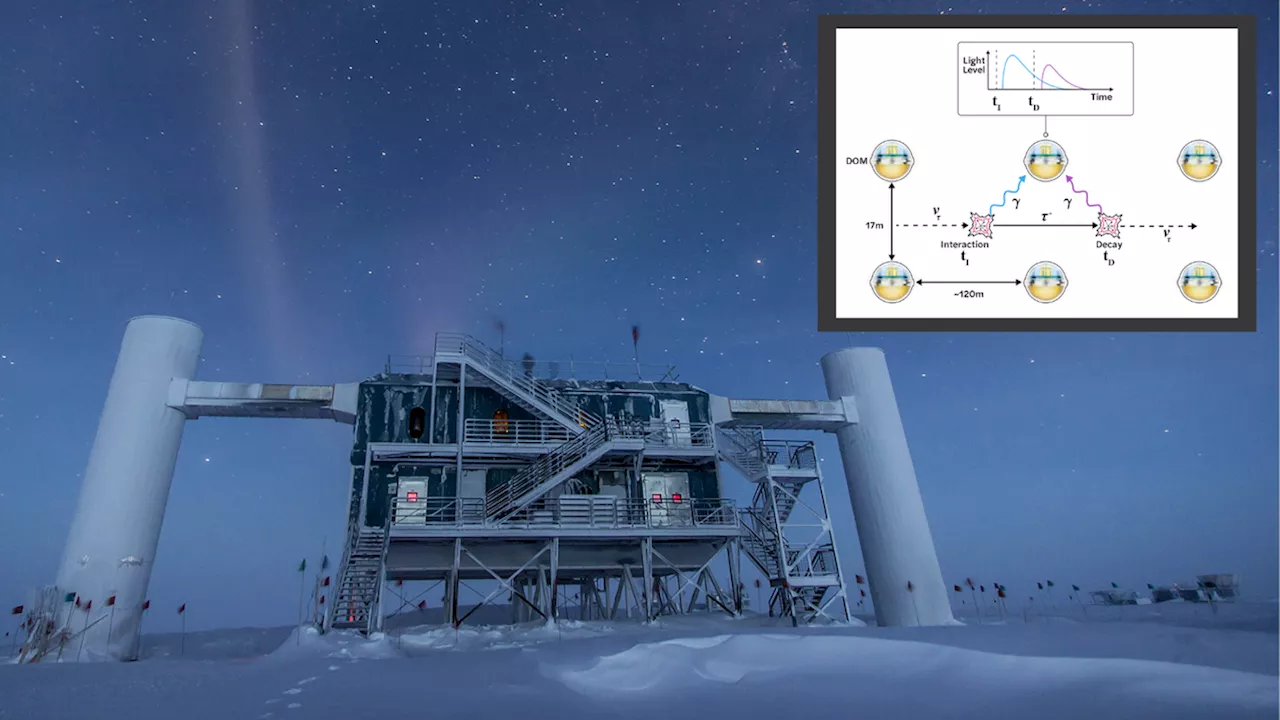 Scientists may have just caught 7 exotic 'ghost particles' as they pierced through EarthRobert Lea is a science journalist in the U.K. whose articles have been published in Physics World, New Scientist, Astronomy Magazine, All About Space, Newsweek and ZME Science. He also writes about science communication for Elsevier and the European Journal of Physics. Rob holds a bachelor of science degree in physics and astronomy from the U.K.
Scientists may have just caught 7 exotic 'ghost particles' as they pierced through EarthRobert Lea is a science journalist in the U.K. whose articles have been published in Physics World, New Scientist, Astronomy Magazine, All About Space, Newsweek and ZME Science. He also writes about science communication for Elsevier and the European Journal of Physics. Rob holds a bachelor of science degree in physics and astronomy from the U.K.
Read more »
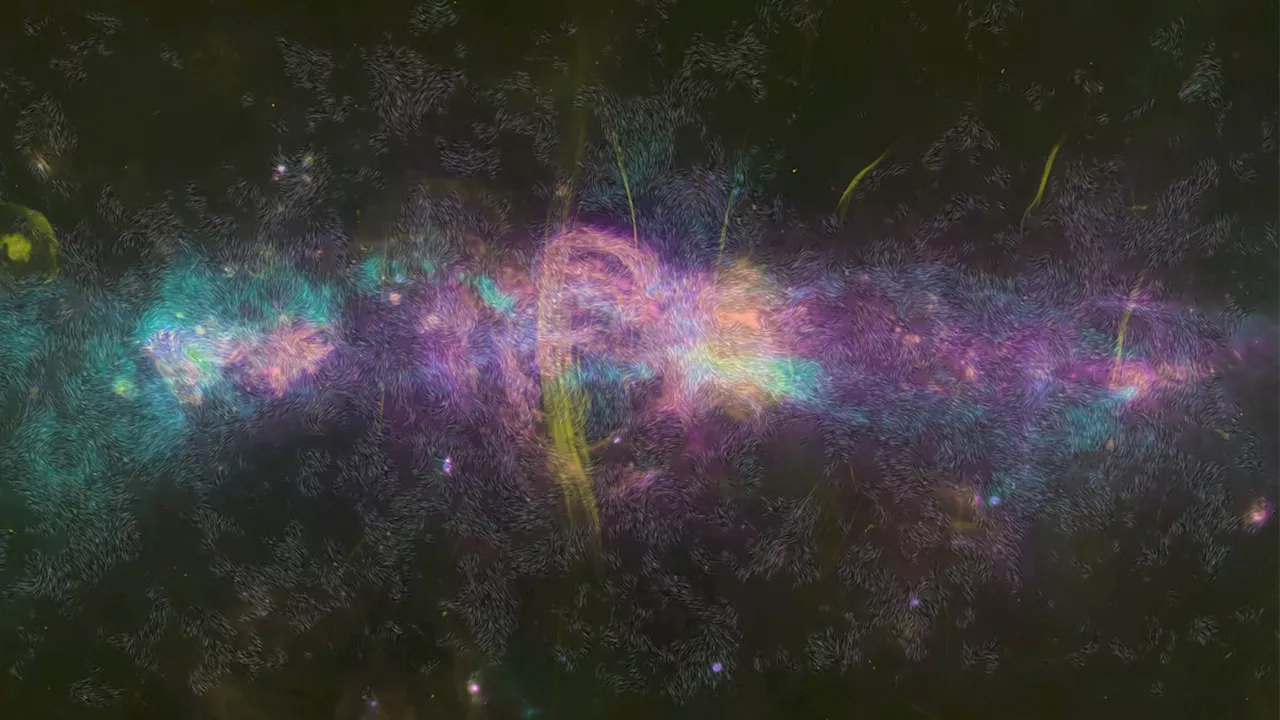 Scientists reveal never-before-seen map of the Milky Way's central engine (image)Robert Lea is a science journalist in the U.K. whose articles have been published in Physics World, New Scientist, Astronomy Magazine, All About Space, Newsweek and ZME Science. He also writes about science communication for Elsevier and the European Journal of Physics. Rob holds a bachelor of science degree in physics and astronomy from the U.K.
Scientists reveal never-before-seen map of the Milky Way's central engine (image)Robert Lea is a science journalist in the U.K. whose articles have been published in Physics World, New Scientist, Astronomy Magazine, All About Space, Newsweek and ZME Science. He also writes about science communication for Elsevier and the European Journal of Physics. Rob holds a bachelor of science degree in physics and astronomy from the U.K.
Read more »
